-
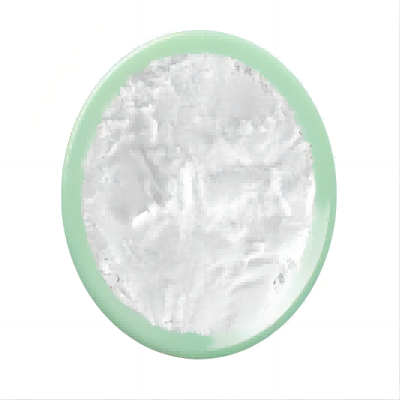
Sodium Saccharin CAS:6155-57-3 Manufacturer Supplier
Saccharin sodium dihydrate is the sodium dihydrate form of saccharin, which belongs to the family of aromatic homomonocyclic compounds. It is an artificial sweetener that is hundreds times as sweet as sucrose. It is mainly used as a food additive to sweeten many products such as drinks, candies, cookies, and medicine. Saccharin is relatively safe for human beings without providing food energy and any nutritional value. It is also safe for diabetes patients to consume.
-
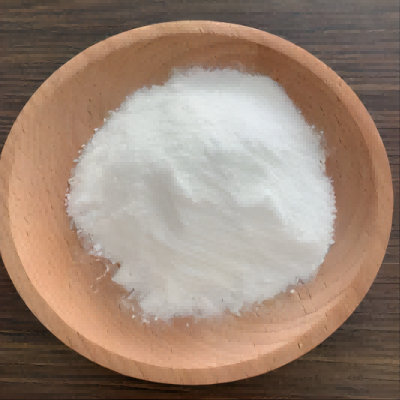
Tripotassium Phosphate (TPP) CAS:7778-53-2 Manufacturer Supplier
Potassium phosphate is a reagent with high buffering capacity, It serves as a buffering agent to regulate pH, Typically used as a component for a wide variety of media used in the culture of microorganisms, as a component in phosphate buffered saline (PBS). It occurs in several forms: monobasic, dibasic, and tribasic (K3PO4). Most pH neutral potassium phosphate buffer solutions consist of mixtures of the monobasic and dibasic forms to varying degrees, depending on the desired pH. Gomori buffers, the most commonly used phosphate buffers, consist of a mixture of monobasic dihydrogen phosphate and dibasic monohydrogen phosphate. By varying the amount of each salt, a range of buffers can be prepared that buffer well between pH 5.8 and pH 8.0 (please see the tables below). Phosphates have a very high buffering capacity and are highly soluble in water.
-
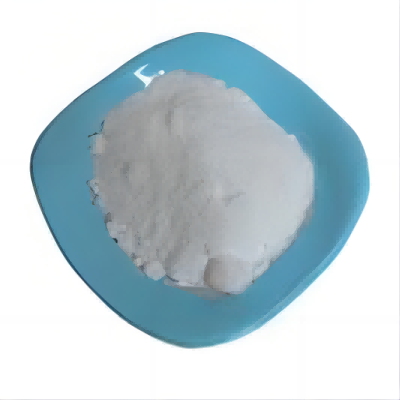
Zinc Gluconate CAS:4468-02-4 Manufacturer Supplier
Zinc gluconate is an organic zinc supplement with fewer side effects than zinc sulfate and better absorption as well. It has certain efficacy on the treatment of zinc deficiency caused growth retardation, malnutrition, anorexia, recurrent oral ulcers, acne and senile zinc deficiency as well as immune dysfunction. It is mainly absorbed in the small intestine after oral administration with 1h reaching the peak but declining at about 2h. In the body, it is widely distributed in the liver, intestine, spleen, pancreas, heart, kidney, lung, muscle, central nervous system and bone. It is mainly excreted by the feces with a small amount excreted through the urine and milk. The bioavailability of it is about 1.6 times as high as that of zinc sulfate.
-
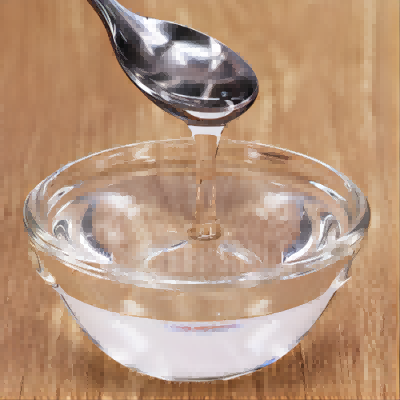
High Fructose corn syrup/HFCS CAS:8029-43-4 Manufacturer Supplier
CORN SYRUP is a complex combination obtained by the hydrolysis of starch by the action of acids or enzymes. It consists primarily of D-glucose, maltose and maltodextrins.
-
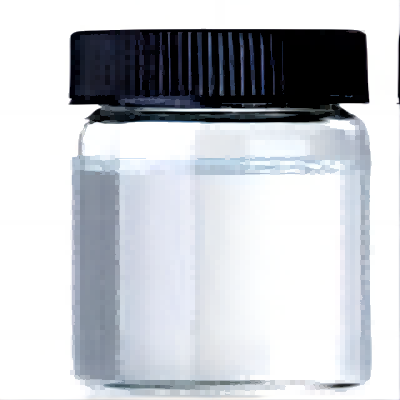
Anethole CAS:104-46-1 Manufacturer Supplier
Anethole is the main component of anise, star anise and fennel oils. It is used in the food and cosmetic industries, in bleaching colors photography and as an embedding material. Is mainly a cause of intolerance to toothpaste but may cause contact dermatitis in food handlers.
-
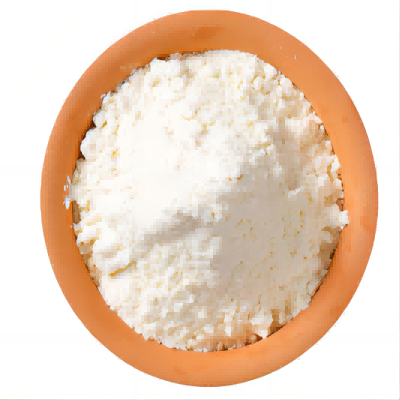
Naringin Dihydrochalcone/Naringin DC CAS:18916-17-1 Manufacturer Supplier
Naringin dihydrochalcone, sometimes abbreviated to naringin DC, is an artificial sweetener derived from naringin, a bitter compound found in citrus. Abbreviated to Naringin DC, Naring dihydrochalcone is a semisynthesis sweetener derived from naringin, a bitter substance from grapefruit. To minimizing the bitterness in orange juice, as a part US program, Naringin dihydrochalocne is found at that time. After treated with potassium hydroxide or another strong base, then it catalysically hydrogenated to the dihydrochalcone, the new sweetener may be 300-800 times sweeteness than sugar at threshold concentrations.
-

Calcium L-Aspartate CAS:21059-46-1 Manufacturer Supplier
Calcium L-aspartate is an organic molecular entity.Calcium L-Aspartate is a kind of white powder, odourless, hygroscopicity, soluble in water, insoluble in organic solvent, high absorption rate, water solution with pale white becomes clear, after the side effects are not clear, the structure stability is good.
-
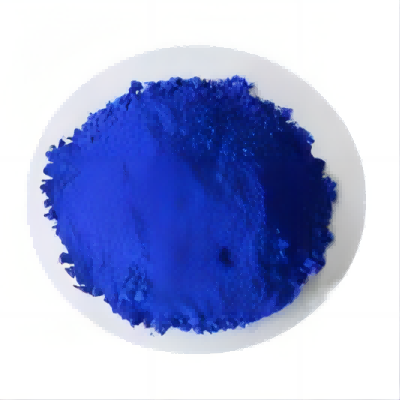
Vanadyl Sulfate CAS:27774-13-6 Manufacturer Supplier
Vanadyl sulfate is a vanadium coordination entity and a metal sulfate.Vanadyl(IV) sulfate, VOSO4, is a inorganic compound of vanadium. This very hygroscopic blue solid is one of the most common sources of vanadium in the laboratory, reflecting its high stability. It features the vanadyl ion, VO2+, which has been called the ”most stable diatomic ion.”
-
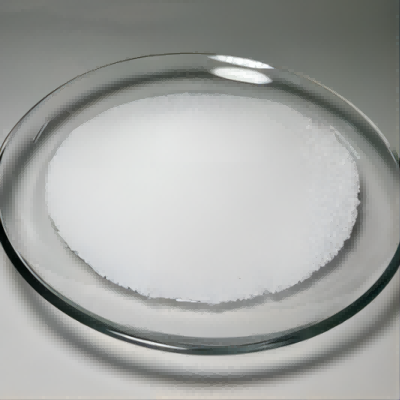
Sorbitol CAS:50-70-4 Manufacturer Supplier
Sorbitol is a humectant that is a polyol (polyhydric alcohol) produced by hydrogenation of glucose with good solubility in water and poor solubility in oil. It is approximately 60% as sweet as sugar, and has a caloric value of 2.6 kcal/g. It is highly hygroscopic and has a pleasant, sweet taste. It maintains moistness in shredded coconut, pet foods, and candy. In sugarless frozen desserts, it depresses the freezing point, adds solids, and contributes some sweetness. It is used in low-calorie beverages to provide body and taste. It is used in dietary foods such as sugarless candy, chewing gum, and ice cream. It is also used as a crystallization modifier in soft sugar-based confections.
-
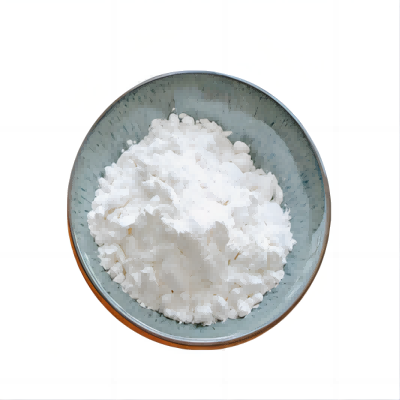
Natamycin/Pimaricin CAS:7681-93-8 Manufacturer Supplier
Pimaricin (also known as natamycin, INN) belongs to a naturally occurring antifungal agent produced through the fermentation of the bacterium Streptomyces natalensis. It is a kind of macrolide polyene antifungal used for the treatment of fungal keratitis, which is a kind of eye infection. In medical field, it can be used for the treatment of various kind of fungal infections caused by Candida, Aspergillus, Cephalosporium, Fusarium, and Penicillium. In food industry, it can be used as a natural preservative to prevent fungal outgrowth. Its mechanism of action is through binding to the ergosterol in the plasma membrane of fungi, inhibiting the process of ergosterol-dependent fusion of vacuoles and membrane fusion, further inhibiting the fungal growth. It also inhibit the transport of amino acid and glucose through inhibiting membrane transport proteins.
-
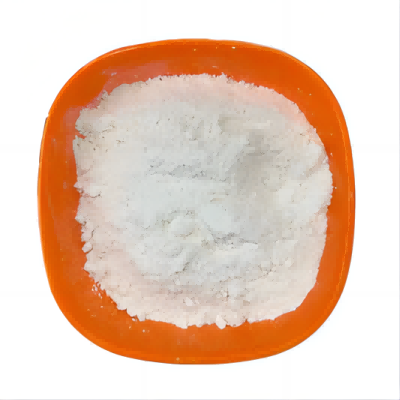
Inulin CAS:9005-80-5 Manufacturer Supplier
Inulin is a nondigestible oligosaccharide containing fructose which provides texture, rheology, dietary fiber properties, and selective fer- mentation by colon bacteria. commercially obtained from chicory root; common sources include onion, garlic, leek, asparagus, and jerusalem artichoke. it is a hygroscopic powder with solubility in water dependent on water temperature. with increasing concentra- tion, viscosity gradually increases, and at about 30% concentration, it can form discrete particle gels which are characterized as creamy and fat-like. it is not hydrolyzed by the digestive system. it func- tions as a prebiotic, passing into the colon where it is preferentially fermented by healthy bacteria such as bifidobacteria and lactobacilli to increase their proliferation and inhibit unwanted bacteria. it is used in ice cream products to replace fat and sugar, and in baked goods.
-
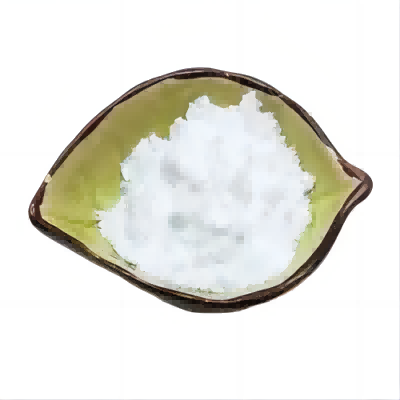
Sodium Dehydroacetate CAS:4418-26-2 Manufacturer Supplier
Sodium dehydroacetate is the sodium salt of dehydroacetate. It is mainly used as a new generation food preservative and food additive, being used extensively in sauce, fruit, bread, cake, moon cake, margarine and beverage. Sodium dehydroacetate (DHA-S) has a wide spectrum of antimicrobial activity that accounts for its use in cosmetic products as a preservative and antimicrobial agent. It is effective in the treatment of both bacteria and fungi. It is also a kind of anticoagulant agent through depleting the blood level of vitamin K.

